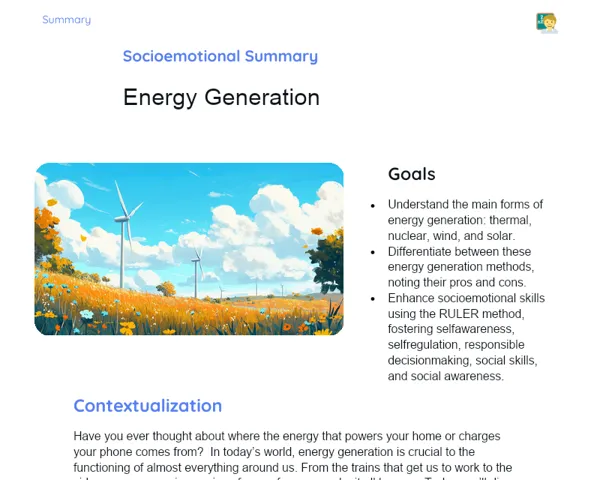Goals
1. Identify electromagnetic waves and their respective frequencies.
2. Discuss and evaluate the implications of using electromagnetic waves in everyday devices like remote controls.
3. Understand the differences between various types of electromagnetic radiation.
Contextualization
Electromagnetic waves are everywhere, woven into the fabric of the technologies we rely on daily. They form the backbone of so many systems, enabling the transmission of radio signals, television, mobile phones, and Wi-Fi. For instance, your TV remote leverages infrared waves, a variant of electromagnetic radiation, to communicate with the TV. Living without these waves would drastically alter our daily lives, robbing us of many conveniences we're accustomed to. By grasping how these waves operate and their applications in common devices, we can appreciate their significance in our modern reality.
Subject Relevance
To Remember!
Electromagnetic Waves
Electromagnetic waves are oscillations of electric and magnetic fields travelling through space. Unlike mechanical waves, they don't require a medium to move through. These waves are the carriers of energy and information in many technological settings.
-
They consist of oscillating electric and magnetic fields.
-
Do not require a medium to travel.
-
Can move through a vacuum at the speed of light.
-
Include a diverse range of frequencies, from radio waves to gamma rays.
Frequencies of Electromagnetic Waves
Electromagnetic waves are categorized based on their frequency or wavelength, creating what we call the electromagnetic spectrum. Frequencies range from long-wavelength radio waves to extremely short-wavelength gamma rays.
-
The electromagnetic spectrum is segmented into various frequency bands.
-
Radio waves have the lowest frequencies and the longest wavelengths.
-
Microwaves, infrared, visible light, ultraviolet light, X-rays, and gamma rays have increasingly higher frequencies.
-
Each frequency band has unique characteristics and uses.
Practical Applications of Electromagnetic Waves
Electromagnetic waves play critical roles in everyday life and in the job market. They're essential for communication technologies, remote controls, medical imaging, and many other areas.
-
TV remotes use infrared waves to send signals.
-
Microwave ovens employ microwaves to heat food.
-
X-rays are utilized in medical diagnostics to create images of the body’s interior.
Practical Applications
-
TV Remote Controls: Utilize infrared waves to send commands to the device, allowing you to change channels and adjust volume from afar.
-
Telecommunications: Radio and microwave waves transmit radio signals, TV broadcasts, and mobile phone communications, connecting people over long distances.
-
Diagnostic Medicine: X-rays and MRI scan technology use various forms of electromagnetic waves to generate detailed medical images, assisting in disease diagnosis.
Key Terms
-
Electromagnetic Waves: Oscillations of electric and magnetic fields that travel through space.
-
Frequency: The number of wave oscillations per second, measured in Hertz (Hz).
-
Infrared: A segment of the electromagnetic spectrum with lower frequencies than visible light, commonly used in remote controls.
-
Electromagnetic Spectrum: The entire range of frequencies of electromagnetic radiation.
-
X-rays: A high-frequency electromagnetic radiation used for medical imaging.
Questions for Reflections
-
How might our lives and technologies be impacted if electromagnetic waves didn’t exist?
-
In what ways could knowledge of electromagnetic waves foster innovation in fields like telecommunications and other technologies?
-
What environmental and health considerations arise from the use of various forms of electromagnetic radiation?
Practical Challenge: Building a Simple Remote Control
In this mini-challenge, your task is to construct a functional model of a remote control using an infrared LED and a receiver. This hands-on activity will give you a firsthand look at how electromagnetic waves are employed to transmit signals.
Instructions
-
Break into groups of 4-5 students.
-
Collect a kit containing: one infrared LED, a battery, some conductors, one infrared receiver, and a small circuit for remote assembly.
-
Refer to the provided assembly diagram to put together the remote control and the receiver.
-
After assembling, test the remote on a prepared device (like a simple circuit that lights up when it receives a signal).
-
Document your process, noting any challenges faced and how you overcame them during assembly.
-
Share your experiences and challenges with the class.



